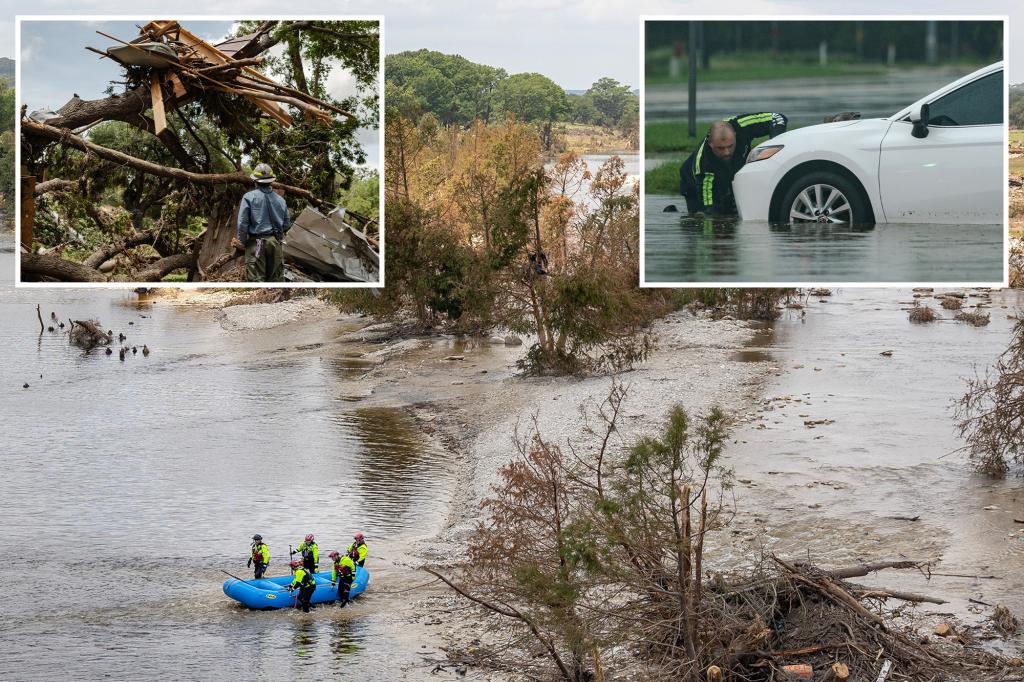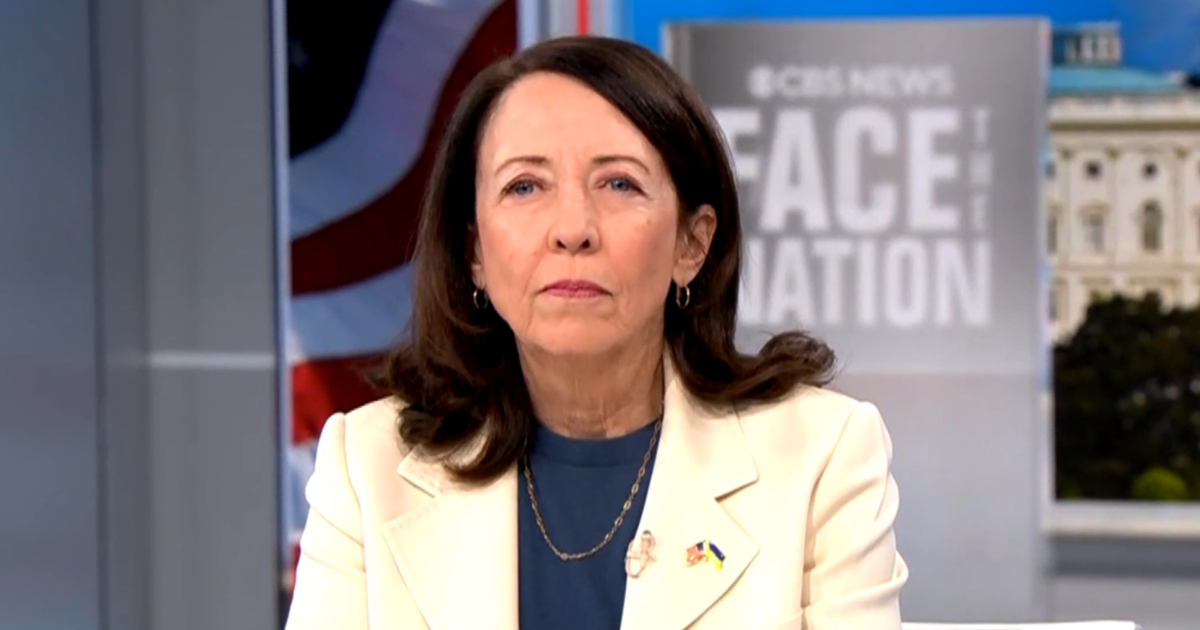“`html
In a groundbreaking decision, the United States Supreme Court ruled on October 2, 2023, that the federal government must enforce stricter regulations on carbon emissions from power plants. This ruling, which has significant implications for climate policy, aims to curb pollution contributing to climate change, amidst growing concerns over environmental degradation.
Supreme Court’s Landmark Ruling on Carbon Emissions
The Supreme Court’s decision marks a pivotal moment in the fight against climate change. The ruling mandates that the Environmental Protection Agency (EPA) must implement stringent measures to reduce carbon emissions from coal-fired and natural gas power plants across the nation. Environmental groups and scientists hailed the decision as a victory for public health and the environment.
“This ruling acknowledges that the climate crisis is real and requires immediate action,” said Dr. Emily Carter, a climatologist at the National Climate Institute. “The Supreme Court has sent a clear message that the federal government has a responsibility to protect our air and ensure a sustainable future.”
Context Behind the Ruling
The decision arose from a series of lawsuits filed by several states and environmental advocacy groups against the EPA, arguing that previous regulations were insufficient in addressing the growing threat of climate change. The ruling is expected to accelerate the transition to renewable energy sources, such as wind and solar power.
According to the EPA, power plants account for approximately 25% of greenhouse gas emissions in the United States. This ruling aims to significantly reduce that percentage over the next decade, aligning with international climate commitments that the U.S. has made under the Paris Agreement.
The Impacts of Stricter Regulations
With this ruling, the EPA is now tasked with developing regulations that could include:
- Imposing limits on CO2 emissions from existing power plants.
- Encouraging investment in renewable energy technologies.
- Implementing carbon capture and storage solutions in the energy sector.
Industry experts predict that these new regulations could lead to a significant shift in the energy market. “This is a chance for innovation in clean energy,” noted John Peterson, an energy analyst at Green Future Solutions. “Companies will need to adapt quickly, but this could spur job creation in clean technologies.”
Challenges and Opposition
Despite the optimism surrounding the ruling, challenges remain. Some states and industry groups oppose the decision, arguing that it could lead to higher energy costs and jeopardize jobs in traditional energy sectors. “We have to balance environmental goals with economic realities,” said Mark Thompson, a spokesperson for the National Coal Association. “This ruling could hurt communities that rely on coal for their livelihoods.”
Opponents of the ruling are considering legal avenues to challenge the decision, suggesting that it oversteps the EPA’s authority. They argue that energy policy should be determined by Congress rather than the judiciary. “This is a judicial overreach,” Thompson added. “We need legislative solutions that consider the economic impacts on our workers.”
Public Opinion and Future Outlook
Public support for stronger climate regulations has steadily increased in recent years. A recent Gallup poll found that 65% of Americans favor stricter regulations on carbon emissions. This growing public consciousness is likely to influence policymakers as well as the courts.
The implications of the ruling extend beyond the U.S. It sets a precedent that could inspire similar actions in other nations grappling with climate change. As Dr. Carter emphasized, “What we do here can resonate globally. The world is watching, and this ruling could galvanize international efforts to combat climate change.”
Next Steps for the EPA and Energy Sector
In light of the Supreme Court ruling, the EPA is expected to initiate a series of public consultations and stakeholder meetings to develop a comprehensive regulatory framework. This will involve input from environmental groups, industry representatives, and the public.
As the energy sector braces for change, companies are already beginning to explore alternatives to fossil fuels. Some are investing in renewable energy projects, while others are researching advanced technologies such as hydrogen fuel and battery storage systems. This evolution represents a critical step towards a sustainable energy future.
Conclusion: A Turning Point in Climate Policy
The Supreme Court’s ruling represents a turning point in U.S. climate policy, emphasizing the urgent need to address carbon emissions. As new regulations emerge, the balance between environmental stewardship and economic stability will be paramount. Stakeholders across the spectrum must engage in constructive dialogue to navigate this complex landscape.
As the country moves forward, public engagement and advocacy will play a crucial role in shaping effective climate solutions. Citizens are encouraged to voice their opinions and participate in local discussions about energy policies. Together, a sustainable future is within reach.
“`



